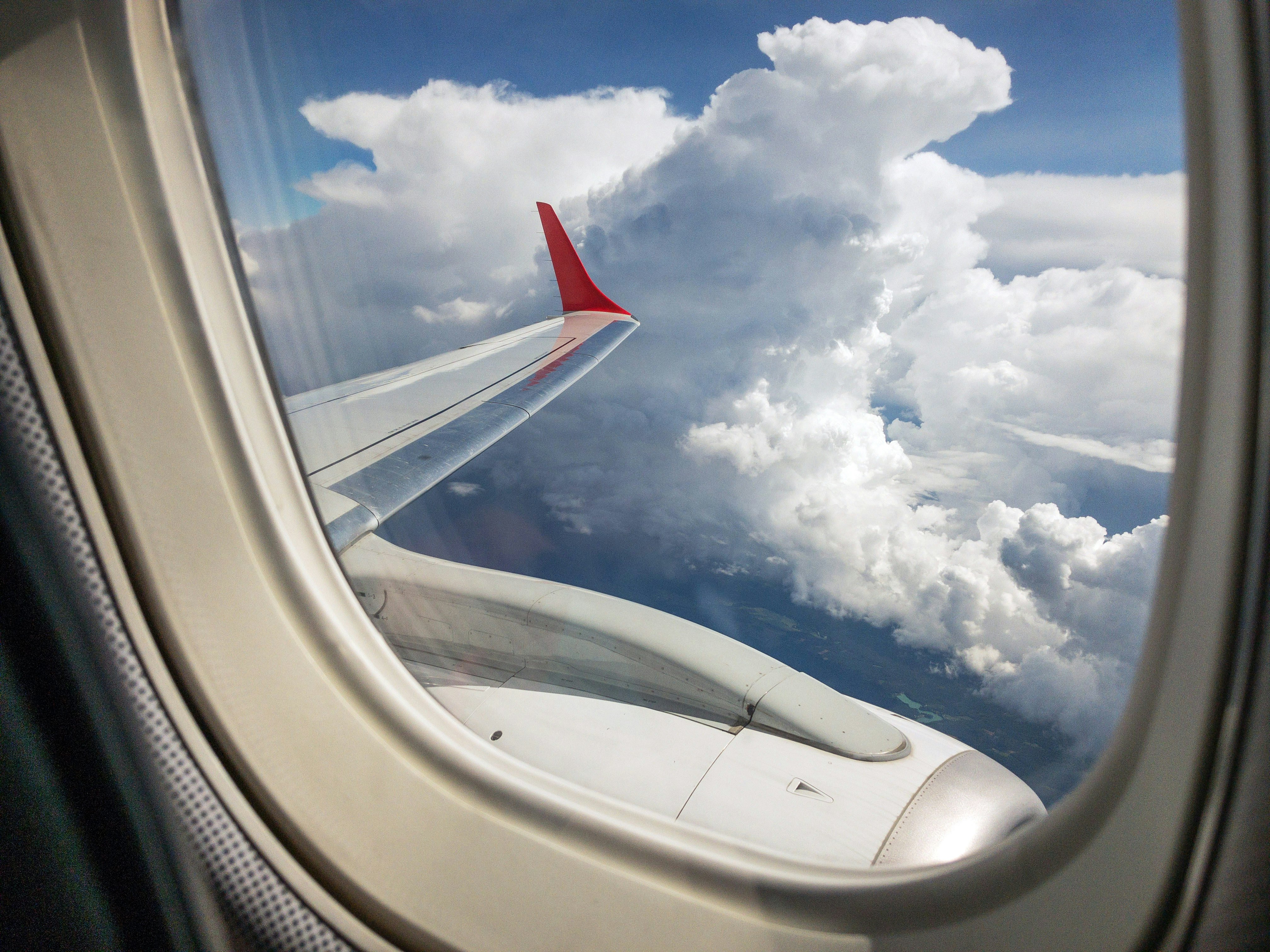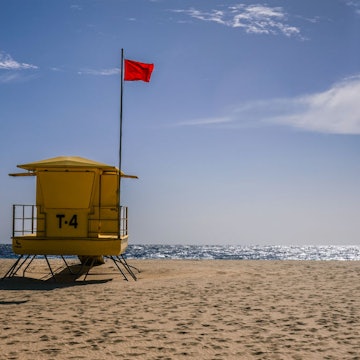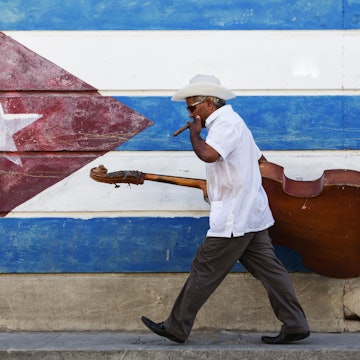

You may need to ask the crew before a visit to the plane toilet © frontpoint / Getty Images
Airlines generally want to keep you in your seat. Having free aisles means space for trolley service, in-flight sales and the like. And while there's been greater understanding over the past decade or so of the benefits of passengers getting up, stretching and shuffling round a bit, that seat you’re crammed into is really your allocated space for the flight.
In our current situation the urgency of keeping you in your seat has a new dimension. Less movement round the cabin means less contact with others and less touching of surfaces that many other people might also touch. Following this logic, the on-board lavatory is somewhere airlines want as few people as possible to go and, probably, you don’t want to spend any more time than you possibly can.

However, as anyone who has been on a plane and heard the ping of the seatbelt sign being turned off and the stampede of feet towards the toilets will know, people, as all mammals do, need to pee.
So yes, you can use the bathroom on a plane. You’ll find subtly different takes on the same gentle discouragement from airline to airline on short-haul flights, but the general approach is to take steps to prevent lining up for bathrooms in the aisle or in galley areas. This is done either by requiring you to wait until the green light is on or by requiring passengers to request a visit to the toilet from on-board crew using the call button. With either of these methods you’re probably looking at a wait, so bear that in mind. The International Civil Aviation Organisation’s guidance also recommends separate facilities for passengers and crew, which will reduce the number of available bathrooms.

On long haul flights crossing your legs and waiting it out is not an option, so many airlines will clean toilets multiple times during flights and go further when on the ground. As part of deep cleaning procedures Etihad, for example, replaces toilet seats after each flight.
One upshot of all this is the risk of not remaining as hydrated as you normally would on a plane, which we have all had drummed into us as critical to counter both jetlag and post-flight scratchiness. A prompt and generous intake of fluids when you disembark is the best approach here. If it all sounds a bit tricky for those flying with young children then you could well be right. A whole new take, unfortunately on the need to know before you go.
You might also like:
Ask LP: what if my country introduces travel restrictions while I'm away?
20 of the world’s most extraordinary toilets
Europe’s new night trains offer travelers an alternative to flying














